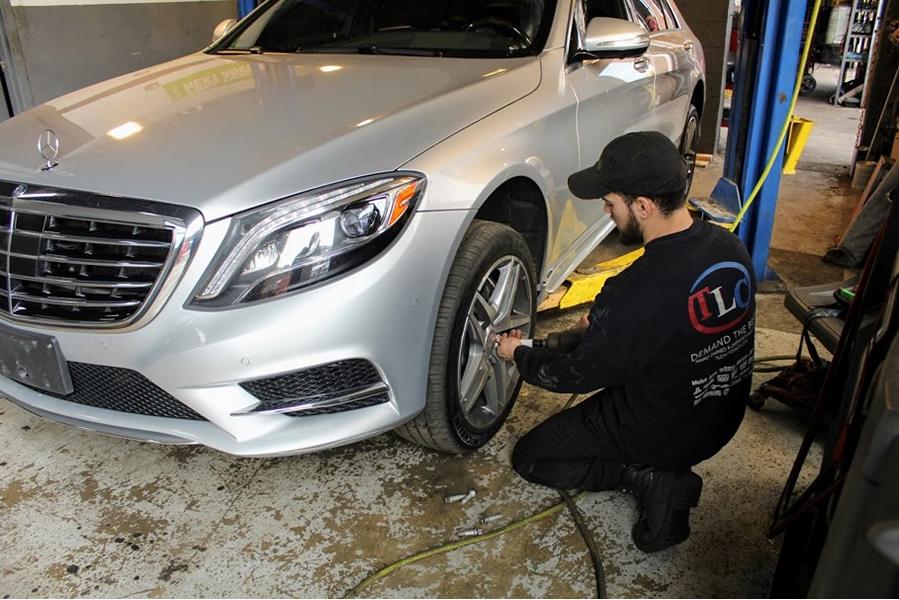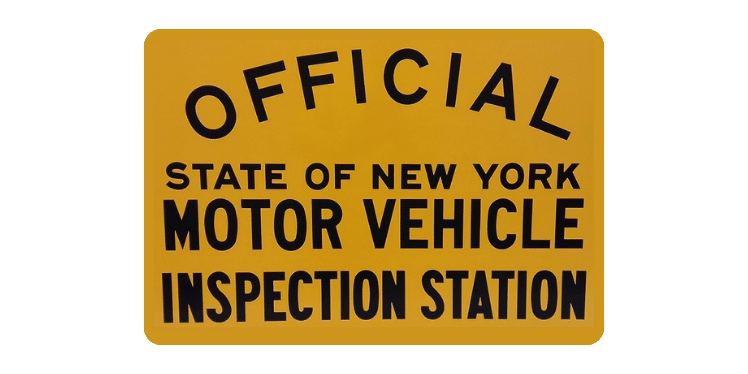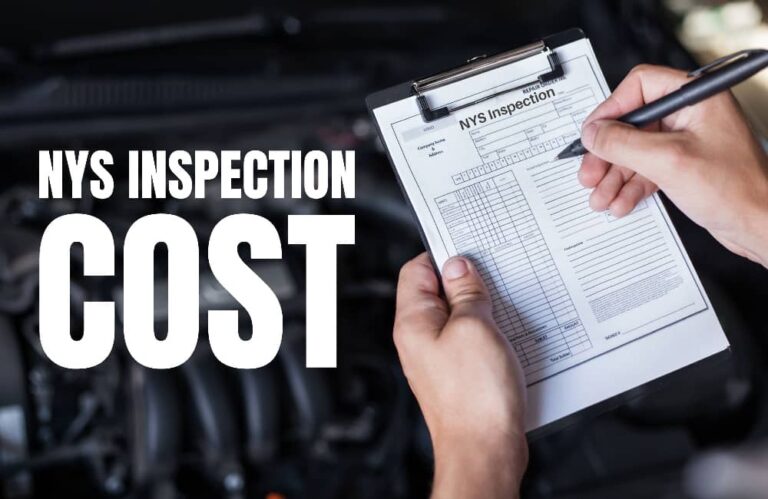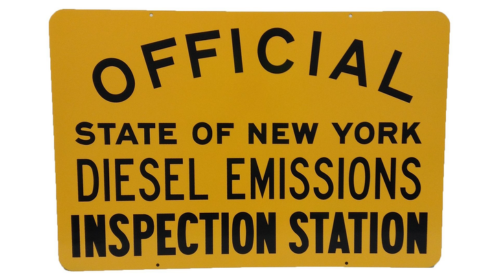If you want to be a safe, responsible driver, you must know how to correctly fix a flat tire. Overall, the process is relatively easy, but you have to know the basic facts first. Otherwise, you may be taking an unnecessary risk.
The truth is that flat tires always seem to happen at the worst time and in the worst place.
What you don’t want to do is become a road hazard if you get stranded on the highway, for instance. In that case, you’ll need to change the tire relatively quickly before moving to a safer location.
Here is a list of five facts about how to change tires the right way to help you improve your tire-changing skills.
Fact 1 – The causes of air leaks are usually obvious
Manufacturers intentionally design tires to wear down gradually the more you drive. The rubber that makes up tires is a hard substance, so it takes a lot of force to get through the treads and leak.
You’ll often see nails, sharp pieces of metal, or other foreign objects lodged in the tire.
Fact 2 – You can use ordinary soap and water to locate leaks you can't see
Unfortunately, not every air leak is visible at a glance. This problem can occur when leaks are too small to see or hear.
The solution is to use regular soap and water and wipe the tires on all sides as if you were washing them. If you leak, you’ll see air bubbling out from the suds.
There are products you can buy that do the same thing, but in a pinch, soap and water work just as well.
Fact 3 – You have to loosen lug nuts while the tire is still on the ground
It’s a mistake to lift a vehicle to change the tire before loosening the lug nuts. If you don’t loosen the nuts before jacking up the car, the tire will rotate as usual, and you won’t get the nuts off.
Keeping the tire on the ground gives you the resistance you need to untighten lug nuts, which ideally should be as tight as can be.
Fact 4 – You can plug tires yourself with the right tools
Not many know that you can, in fact, plug air leaks on your own, but you’ll need a tire plug kit. You can buy them at any worthwhile auto parts shop, and they’re not too pricey.
In a tire plug kit, you’ll have everything you need to plug a leak except for pliers to pull out foreign objects.
Fact 5 – You should not drive on donut spare tires
Unless you choose to keep a full-sized spare in your trunk, your car likely comes with a small “donut” spare tire. While these tires work well in emergencies, you shouldn’t drive too far on them or at highway speeds.
Since these tires aren’t as thick as full-sized tires, they tend to rupture much sooner. If you have to use a donut spare tire, remember to drive slowly with your hazard lights flashing.
How To Change Your Tire
A flat tire is one of the most frustrating occurrences that can happen to a driver. One minute you’re cruising down the road and the next you’re stuck on the side of it, stressing about the delay in your plans.
Luckily, a flat tire only needs to be a minor problem if you have the proper equipment to deal with it immediately and a reliable mechanic. Here’s our step-by-step guide on changing your tire.
- Make sure you have the proper equipment. Never leave home without a spare tire, a jack and a lug wrench. You should check your spare tire every few months or so just to make sure it’s not flat.
- Pull over to the side of the road put your flashers on. Don’t park in the middle of the curve or on a hill. It’s easiest to change your tire on a flat surface.
- Use the lug wrench to loosen the lug nuts. Don’t take them off completely, just loosen them.
- Secure the jack in place. You will have to consult your owners manual for this, as different cars have different places to put the jack. Once the jack is in place, jack up the car until the tire is about 6 inches off the ground.
- Take the lug nuts off and pull the tire off the car. Don’t lose the lug nuts and keep them all in a pile. You’ll need them when it’s time to put the car back on. Just pull the tire straight toward yourself to remove it from the wheel base.
- Place the spare tire on the car.
- Put on the lug nuts. Remember when we told you not to lose them? This is why! You don’t need to tighten them all the way just yet. Just make sure they’re on tight enough that the tire won’t fall off.
- Use the jack to lower the car back down to the ground and remove the jack from the car.
- Tighten the lug nuts on the spare tire and return your tire and tools to the trunk of the car.
There you have it. how to change a tire on your car in less than 10 steps!
You can’t drive around on a spare tire very long so as soon as you can, bring your car into TLC so we can assess the damage and get your tire back in driving condition! Find out more about our tire services here.

Frequently asked questions
Changing a tire isn’t necessarily a complicated process, but many still have questions about what to do in certain situations.
Here is a list of the most frequently asked questions:
Should you pull out a nail before visiting a mechanic?
No, don’t pull out any object that you suspect is causing the leak. The object protruding from your tires may be helping keep some air inside the tire.
Are you able to put air in tires at home?
Yes, with the right air compressor and equipment, you can put air in tires at home. The problem is that most car owners don’t keep this gear lying around their garages.
When should you replace old tires and get new ones?
All tires wear down at different rates, depending on how you drive the vehicle and its quality. Typically, you’ll need to change tires when there are clear signs of wear and tear.
Can you repair a thoroughly punctured or slashed tire?
No, if you notice large punctures or deep slashes on the outside walls of the tire (i.e., not the treads, the side facing you or away from you), there is no way to fix the tire on your own. Most often, you’ll need to get a new tire.
Why should you remove a flat tire?
The rule of thumb is to remove a flat tire only when you have a spare ready to take its place. Leaving the car jacked up high with no tire only raises the risk of an accident.

Can you use two tire plugs at once to fix a big leak?
No, it’s not wise to use two tire plugs to patch a tire temporarily. If the hole causing air to escape is that big, you’ll likely need to replace the tire.
Is there another way to remove the lug nuts?
Sometimes, your wheels can stick to the hubs that hold them in place. In this case, you can try putting the nuts back on, but don’t tighten them all the way. Then, drive forward a small distance (no more than 10 feet or so). That should loosen the wheel.
Do you need a torque wrench to change a tire?
No, you don’t necessarily need a torque wrench to remove a tire. The standard tools that come with every car will suffice. Although, using a torque wrench when tightening lug nuts is preferable for safety.
How many times can you plug a tire before it needs replacing?
Generally, you shouldn’t plug a tire for a second time after performing an emergency repair. A tire with many plugs and patches in it is more likely than new tires to rupture on the road and cause an accident.
If you have problems changing tires or have any questions about your tires’ life span, contact TLC Auto & Truck Repair Service Center today to book an appointment.
Our commitment is to make sure you’re happy with our repairs, and we guarantee them for 24 months or up to 24,000 miles.











